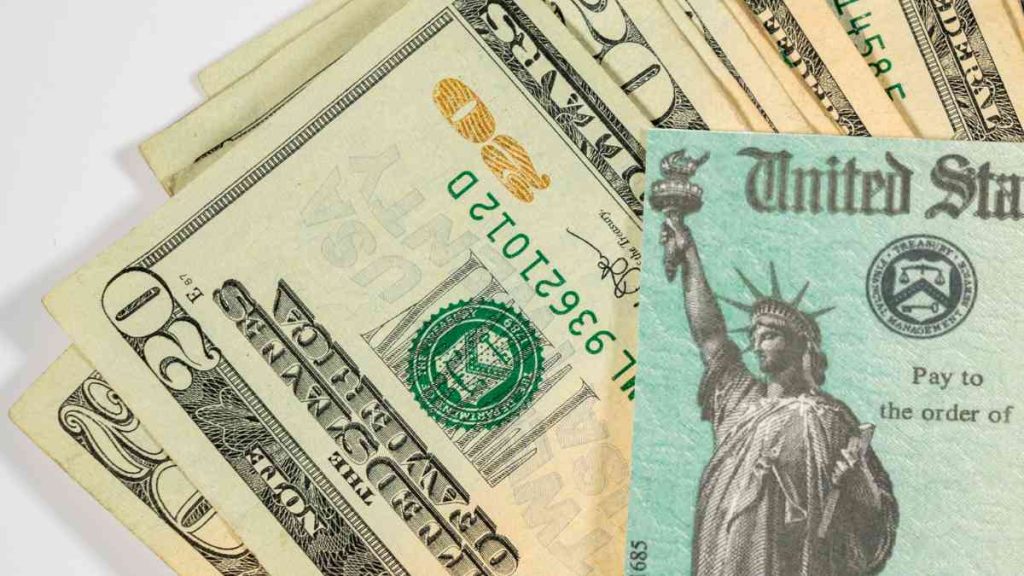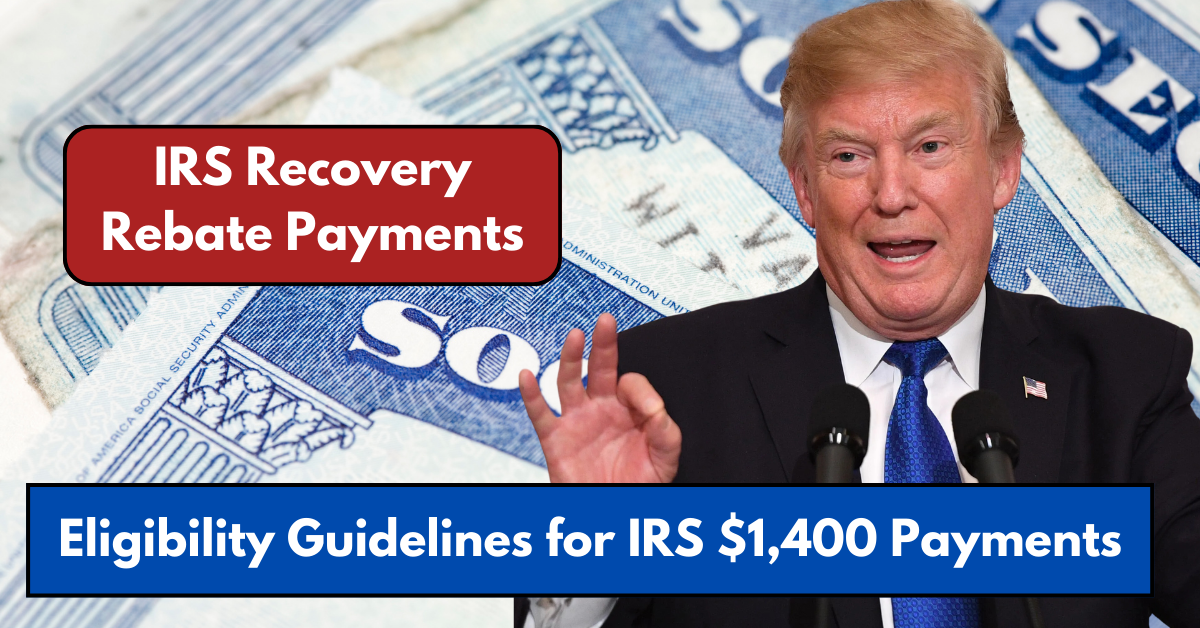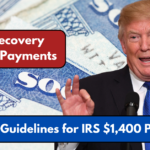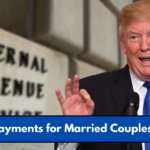In 2025, the Internal Revenue Service (IRS) is making efforts to help taxpayers who missed out on a crucial tax credit in 2021.
These automatic payments aim to ensure that eligible individuals and families receive the financial support they are entitled to without the hassle of filing an amended tax return.
Below, we’ll break down everything you need to know about these payments, who qualifies, and how you can ensure you don’t miss out.
What Are the IRS Automatic Payments for 2025?
The IRS is sending out payments to taxpayers who didn’t claim the Recovery Rebate Credit on their 2021 tax returns. These payments are not part of the 2025 tax refund but are separate one-time payments meant to correct previous oversights.
The Recovery Rebate Credit was introduced during the pandemic to provide financial relief. If eligible taxpayers missed claiming it in 2021, they could now receive up to $1,400 per individual. For married couples, the maximum payment is $2,800, and a family of four could receive up to $5,600.

Who Qualifies for These Payments?
Eligibility for these payments depends on your adjusted gross income (AGI) for 2021:
- Individuals: Full payments are available if your AGI is up to $75,000.
- Married Couples Filing Jointly: Payments are available for incomes up to $150,000.
If your income exceeds these thresholds, the payment amount gradually decreases and is eliminated for:
- Individuals earning $80,000 or more.
- Married couples with incomes of $160,000 or more.
It’s important to check your 2021 tax return to ensure you meet these income limits.
How Will You Receive the Payments?
If you qualify, the IRS will send payments automatically by late January 2025. These payments will be issued in one of the following ways:
- Direct Deposit: Funds will be deposited into the bank account listed on your 2023 tax return.
- Paper Check: If no bank account is on file, a check will be mailed to the address associated with your tax return.
The IRS will also send a notification letter to inform taxpayers that their payment has been processed.
What Should You Do If You Don’t Receive a Payment?
If you believe you qualify but don’t receive a payment, you can still claim the Recovery Rebate Credit by filing a 2021 tax return. The deadline for filing is April 15, 2025. Even if your income in 2021 was minimal or nonexistent, filing a return is essential to receive the payment.
Did Stimulus Checks Contribute to Inflation?
The pandemic-related stimulus checks were designed to provide immediate financial relief to individuals and families. However, some experts argue that these payments may have contributed to inflation.
This article has been carefully fact-checked by our editorial team to ensure accuracy and eliminate any misleading information. We are committed to maintaining the highest standards of integrity in our content.
Treasury Secretary Janet Yellen has addressed these concerns, stating that while stimulus measures might have played a small role, the primary drivers of inflation were supply chain disruptions and increased demand for goods.
Yellen emphasized that the government’s spending during the pandemic was necessary to support individuals and businesses facing economic hardships.

Key Facts About the Payments
- Maximum Amounts: The highest payment is $1,400 per eligible individual or $5,600 for a family of four.
- Nationwide Distribution: The IRS estimates that around $2.4 billion will be distributed to approximately 1 million taxpayers.
- Income Thresholds: Payments are based on adjusted gross income from your 2021 tax return.
- Automatic Process: Eligible taxpayers will receive payments automatically—no additional paperwork is required.
What Happens If You Didn’t File a 2021 Tax Return?
If you didn’t file a 2021 tax return, you could still qualify for the payment by submitting your return and claiming the Recovery Rebate Credit. The IRS encourages taxpayers to act promptly to avoid missing the April 15, 2025, deadline.
Even if you had minimal or no income in 2021, filing a return is necessary to claim this credit.
Final Thoughts
The IRS’s initiative to send automatic payments in 2025 is a significant step in ensuring that taxpayers receive the financial support they deserve.
Whether you qualify for these payments depends on your 2021 income and tax filing status. To avoid missing out, review your tax documents and ensure that you meet the eligibility criteria.
This article has been carefully fact-checked by our editorial team to ensure accuracy and eliminate any misleading information. We are committed to maintaining the highest standards of integrity in our content.
Filza specializes in simplifying financial topics for everyday readers. Whether breaking down Canada’s tax guides or U.S. benefits like SNAP and VA Disability, Filza’s relatable writing style ensures readers feel confident and informed. Follow her insights on LinkedIn or reach out via email at shewrites.health@gmail.com.







